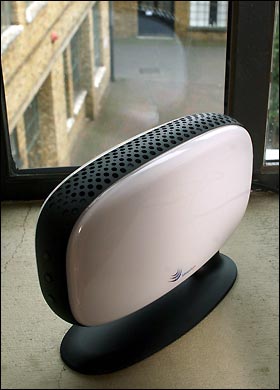
Femtocells are small, low-power cellular base stations designed to provide enhanced indoor cellular coverage in areas with weak or limited network signals. They are typically used in residential or small office settings and connect to the existing broadband internet connection to transmit cellular signals.
Here's how femtocells work:
Installation: A femtocell is connected to the user's broadband internet router or modem via an Ethernet cable. The femtocell unit is usually compact and can be plugged directly into a power outlet.
Cellular Signal Transmission: Once connected, the femtocell acts as a miniature cellular tower. It receives the user's cellular signals, converts them into IP (Internet Protocol) packets, and transmits them over the internet connection to the wireless carrier's network.
Enhanced Indoor Coverage: The transmitted signals from the femtocell provide improved cellular coverage within a limited range, typically covering an area of a few hundred to a few thousand square feet. Users within this coverage area can connect to the femtocell and make calls, send messages, and access data services using their cellular devices.
Network Integration: The femtocell is integrated with the wireless carrier's network infrastructure, allowing seamless handover of calls and data sessions between the femtocell and the macro cellular network when users move in or out of the coverage area.
Femtocells offer several benefits:
Enhanced Indoor Coverage: Femtocells address the issue of weak or limited cellular signals indoors, where the signals from macro cellular towers may struggle to penetrate buildings. They provide reliable coverage and better call quality for users within the femtocell's range.
Offloading Network Traffic: By utilizing the internet connection for transmitting cellular signals, femtocells help offload network traffic from macro cellular towers. This can help improve overall network capacity and performance.
Cost Savings: Users can potentially save on cellular call charges by making calls through the femtocell, as it uses the internet connection rather than consuming cellular network resources.
Improved Battery Life: Since femtocells operate at lower power levels compared to macro cellular towers, the reduced distance between the device and the femtocell can lead to improved battery life for cellular devices.
It's important to note that femtocells are specific to a particular wireless carrier and require authorization and activation from the carrier. They are typically provided by the carrier as a solution for customers experiencing poor indoor coverage.






